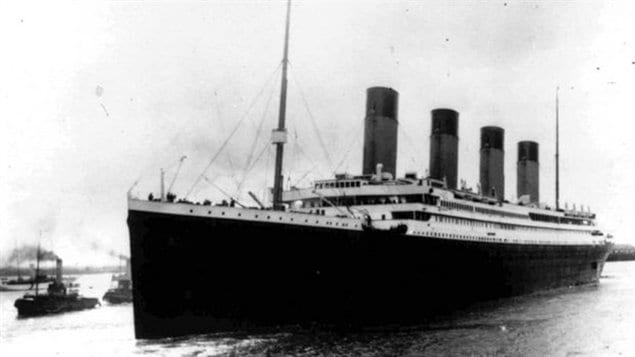It was almost exactly 101 years ago that the ship RMS Titanic, arguably now the most famous ship in history, sank.
Some 600km south of Newfoundland, and due east of the province of Nova Scotia, the luxury liner hit an iceberg late in the night of April 14, 1912 while on its maiden voyage. In the early hours of April 15, with the bow already now below the surface, the stern of the giant ship rose into the sky. and then the ship slipped into the depths, claiming over 1,500 lives.
Several ships were sent from the Canadian port of Halifax to look for survivors, but found only bodies and wreckage. Some 150 bodies from the wreck are buried in Halifax.
Halifax’s Maritime Museum of the Atlantic has many artifacts in its Titanic section, but on this anniversary week has acquired a copy of the original 1912 report of the investigation into the wreck.
The large leather bound book contains what is known as the Mersey Report into the sinking and a version of the International Convention for the Safety of Life at Sea, which is still in effect.
The Mersey Report contains 15 recommendations which completely changed safety and procedures for ocean liners. These include ensuring there are enough lifeboats for all passengers, 24-hour monitoring for distress signals, requirement for lifeboat drills, and reporting of icebergs.
Museum curator Dan Conlin said, “I’m hard-pressed to think of another historical inquiry report that had such a profound consequence at sea.”
The book had originally belonged to the Cunard Line. It later came into the possession of a Canadian woman who made the donation to the museum, but who wishes to remain anonymous.







For reasons beyond our control, and for an undetermined period of time, our comment section is now closed. However, our social networks remain open to your contributions.